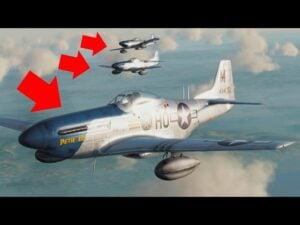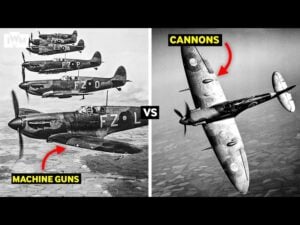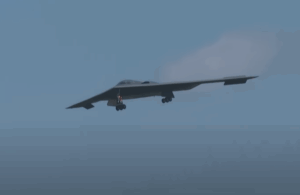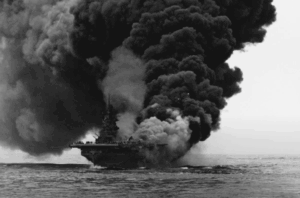5 Facts About The Kawasaki Ki-100
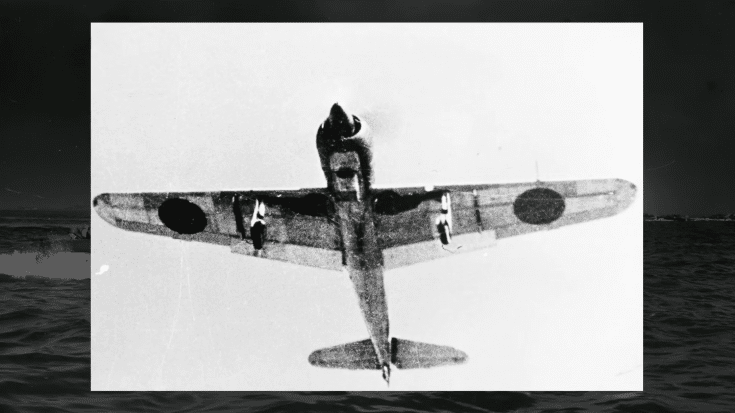
YouTube / IHYLS
In this post, we’ll discuss the Kawasaki Ki-100, a Japanese fighter that was built by accident by the end of the war. Here are five interesting facts about this fighter:
1. It was the last new fighter aircraft to enter service for Japan
Going up against basically any Allied fighter, one on one, the Ki-100 was a pretty intimidating aircraft.
At lower altitudes, its speed was generally on par with just about any Allied fighter.
2. The Ki-100’s design was heavily influenced by the Fw 190
The fitting of the engine to the airframe, fairing in, and exhaust arrangements were done with reference to the 190.
Germany was also developing the Fw-190a during that time and opted for a more teardrop-shaped fuselage.
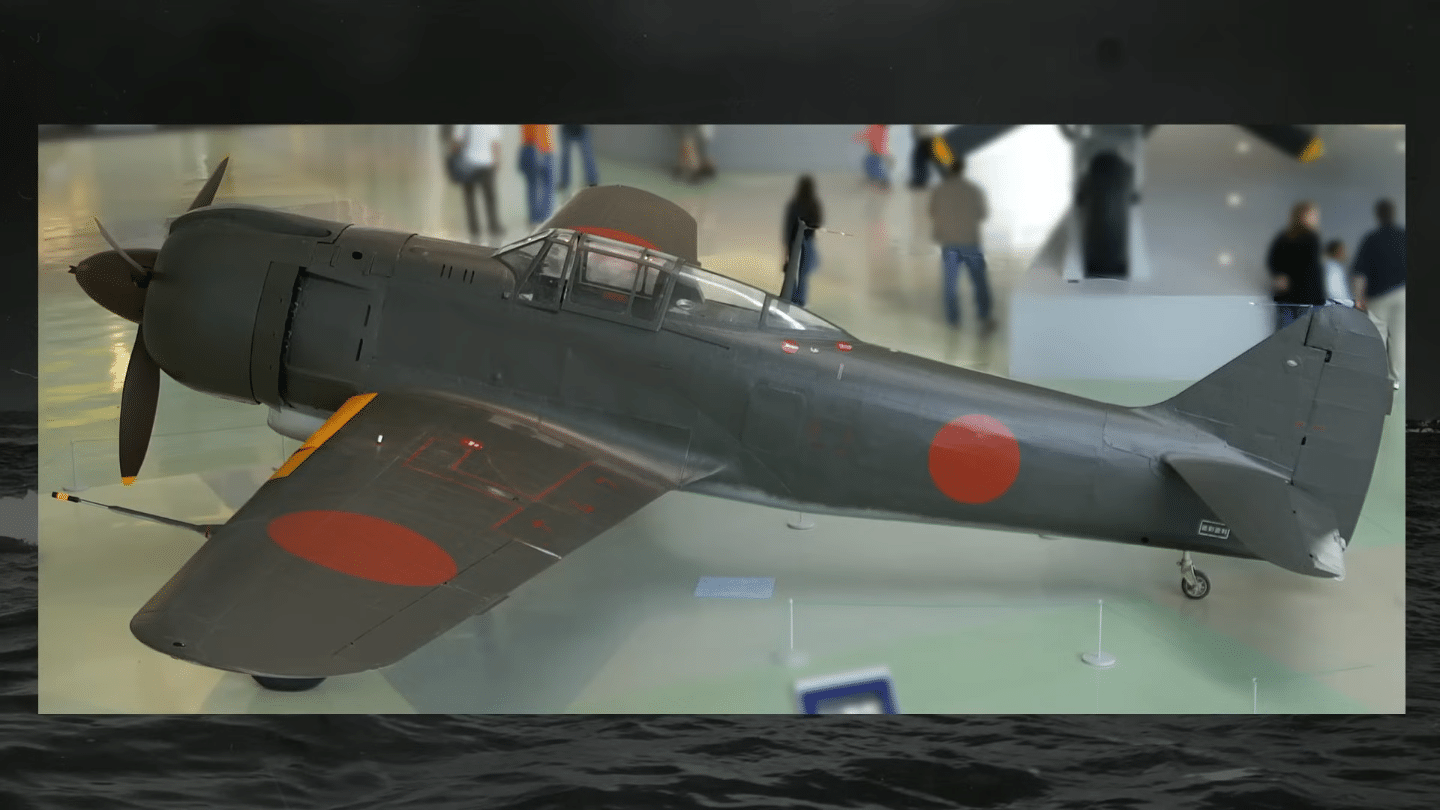
Japan would end up effectively copying what the Germans did, giving the Ki-100 a similarly teardrop-shaped fuselage.
3. Its engine provided impressive capabilities in terms of top speed, ceiling, and range
It was equipped with a Mitsubishi Ha-112-II 14-cylinder radial piston engine that has a top speed of approximately 367 mph, and a ceiling limit of around 33,000 feet.
Its maximum range also reached over 1,200 miles beating other Japanese fighter designs such as the Kawasaki Ki-61 Hien and the Kawanishi N1K1-J Shiden.
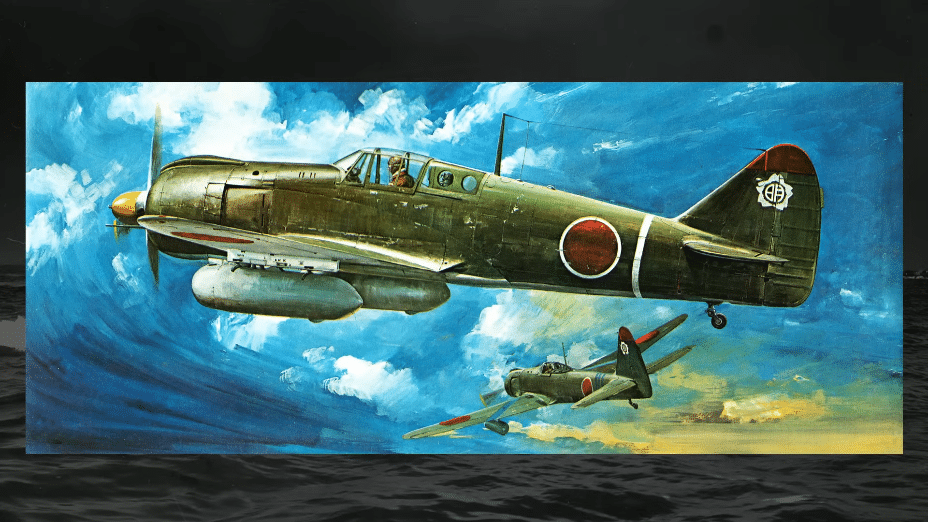
4. They were produced in low numbers
The Ki-100 gave Japan its much-needed interceptor to curtail Allied bombing.
However, only 400 of these planes were produced during the war.
5. It barely had any impact in the war
Although the Ki-100 wasn’t limited in performance, it simply appeared too late in the Pacific to make much of a difference in the war’s outcome.
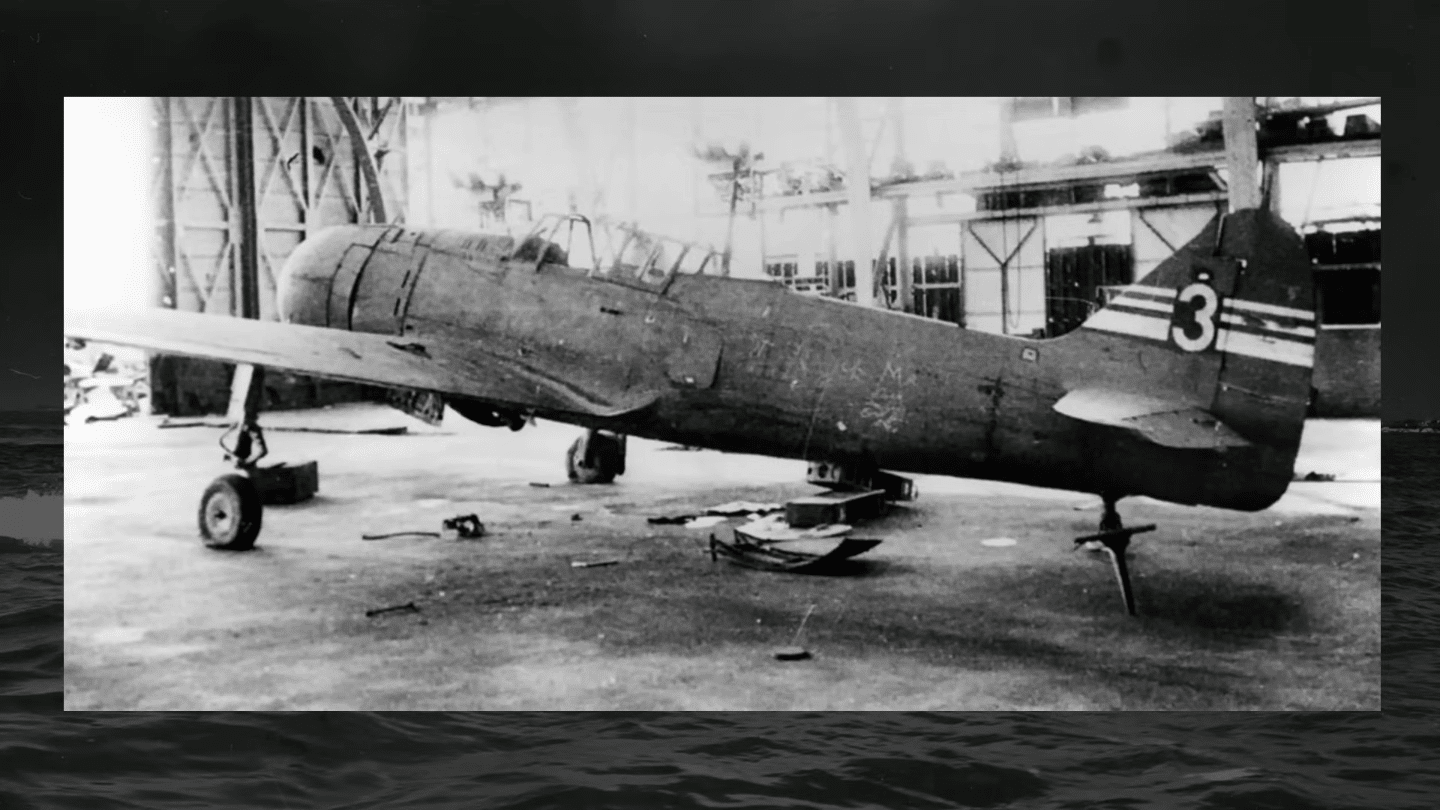
The Ki-100 was developed in late 1944. Other variants, such as the Ki-100-II, didn’t reach mass production as plans for production was estimated to be on September 1945, a month after the war ended.














